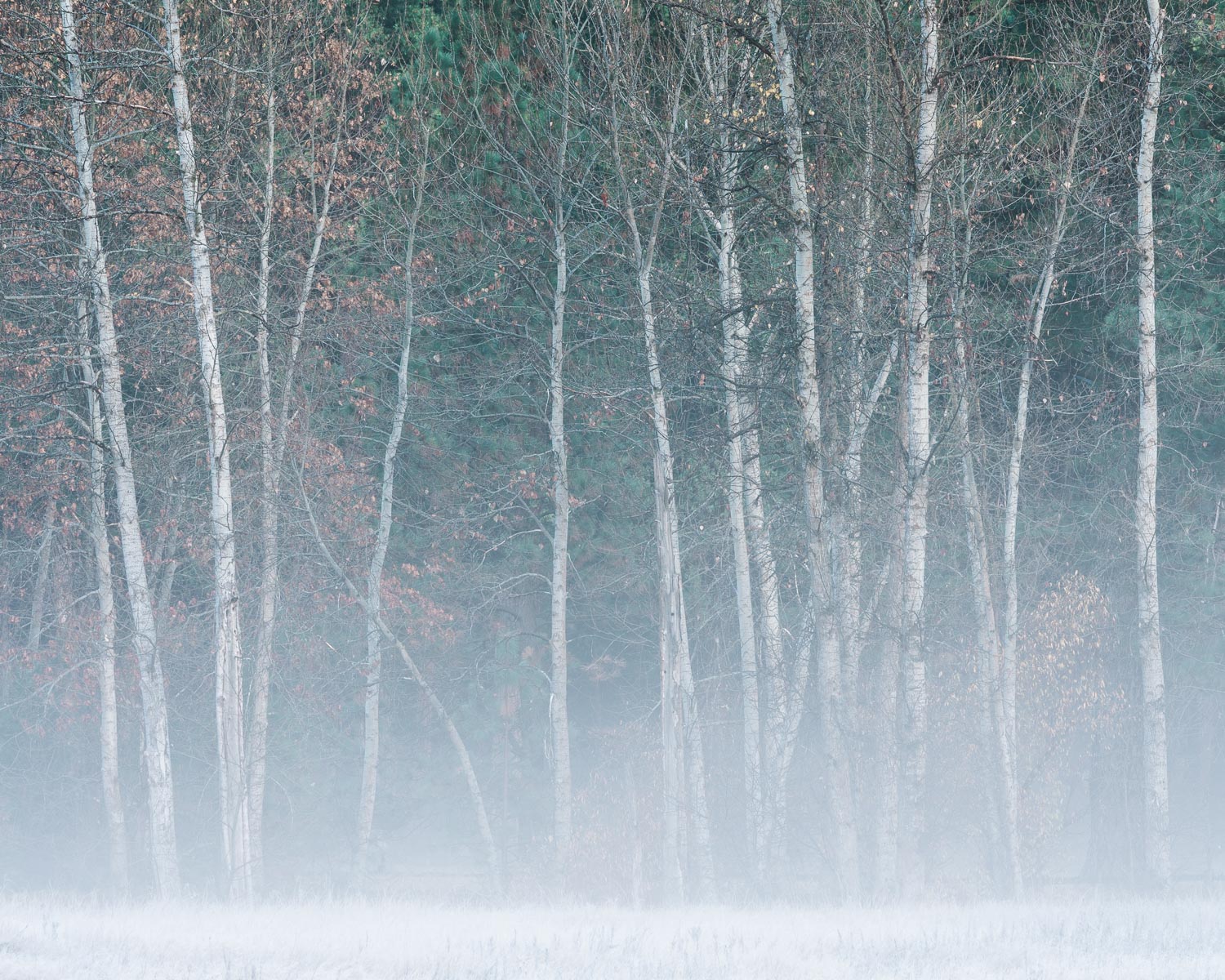The landmarks of Yosemite Valley have been the subject of so many images it can be difficult to find something new and different. For that reason, I often intentionally avoid popular viewpoints and look for the unexpected. But Tunnel View—near the site of Ansel Adams’ famous photograph “Clearing Winter Storm”—is one viewpoint that is hard to resist the temptation to visit. It offers a stunning, sweeping perspective on Yosemite Valley and is just a few short minutes (driving) from the Bridalveil Fall parking area on the Valley floor.
And so this past April, after spending the first part of the morning shooting dogwood blossoms along the Merced River, I headed up to Tunnel View. I had intended only to stop for a moment to absorb the scene before heading back down into the Valley to look for interesting opportunities. But the display of light that greeted my arrival at Tunnel View was a remarkable surprise.
Valley of Light, an incredible display of light rays from Tunnel View (April 2019).
The image shown here, Valley of Light, is representative of the light rays that graced the cliffs and danced across the Valley floor for about 20 minutes after I arrived at Tunnel View. Through sheer luck, my arrival was perfectly timed. The best displays started about 10 minutes after I arrived, with the sun rising high enough to send beams over the cliffs near Bridalveil Fall and across the floor of Yosemite Valley. There were about 30 others at Tunnel View (not that crowded, really) and those present were nearly silent the entire time. Eventually, the sun rose high enough that the magical atmosphere faded and I realized I had captured the best of what it had to offer.
In shooting this image and Skyfall, which appears in both color and black and white versions in galleries on this site, I shot handheld and mostly between 70-105mm focal lengths (moderate zoom). Using a tripod is often ideal but this scene was bright enough that it was unnecessary and would have hindered my effort to rapidly gather a number of different perspectives on the display of light. I moved up and down the walkway as I captured different images, ducking in and out of groups, and I feel staying put and shooting from a tripod would have been very limiting (and thus a big mistake).
To me, the light captured in Valley of Light and Skyfall was the result of a stunning opportunity that I recognized as soon as I arrived Tunnel View. Yet as I concluded shooting, a nearby photographer asked whether there had been good light at Tunnel View earlier in the morning. The light just now, I told him, is the best I’ve ever seen from here in many, many visits. He looked at me in surprise. We chatted a bit more and I wished him luck during the remainder of his visit.
I can only conclude that the emphasis on dramatic, colorful skies in contemporary landscape photography has conditioned photographers to look for that, and only that, while in the field. But I wouldn’t trade Valley of Light or Skyfall for a colorful sunrise…both images stand on their own quite nicely. I hope others agree, and I believe they will.
















